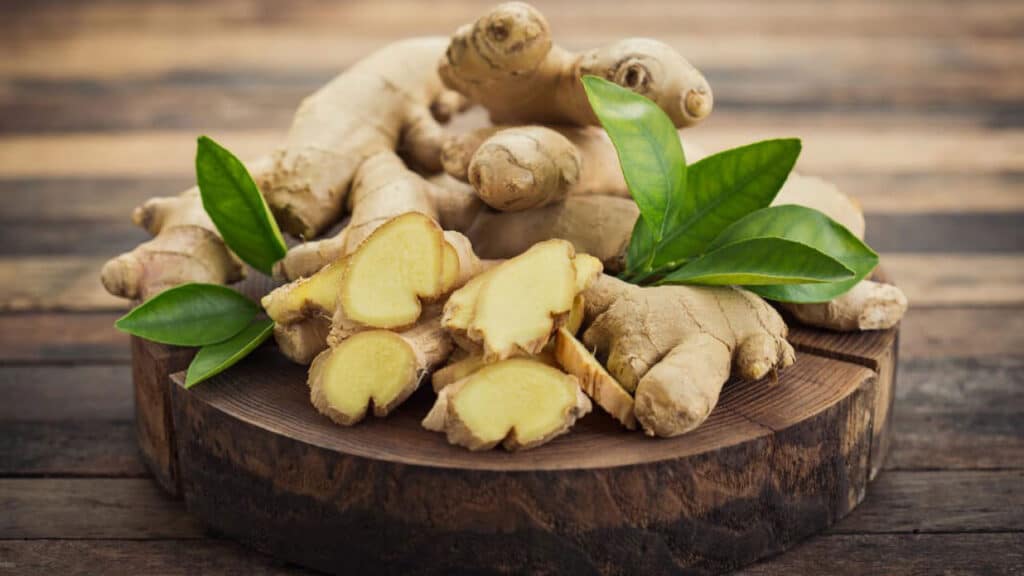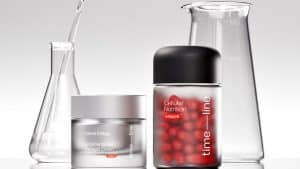Stem cells are truly fascinating. Their potential seems practically unlimited, and we’ve barely scratched the surface. It’s their ability to change and grow – and potentially treat so many different conditions – that appears almost magical. The problem is that we have fewer stem cells when we’re older than we do in childhood. How do we encourage our bodies to naturally release more stem cells rather than going through the complexities of a stem cell transplant?
As with so many things that are health-related, it starts with your diet. We say the most important thing is having a balance of all the nutrients, and that’s true, but it’s also a fact that when you’re aiming for a certain outcome, you adjust your diet accordingly. You might eat more protein when you’re trying to build muscle and less fat when you’re trying to lower your cholesterol. If your main priority is increasing your stem cell count, you need to find the foods that are best for stem cells.
To be more precise, you need foods that can encourage the body to regenerate and reduce pain, inflammation and stress on various joints, organs and other body parts. When it comes to anti-inflammatory effects, ginger is often cited as a good choice. It’s particularly popular in Thai and other types of Asian cooking. It works by inhibiting what’s known as arachidonic acid, a polyunsaturated fatty acid that can encourage an inflammatory response. Other anti-inflammatories include plant sterols in seeds and alpha-linolenic acid in nuts.
Leafy greens like cabbage and kale contain Indole-3-carbinol molecules, another anti-inflammatory. Leafy greens are also good for the liver thanks to their sulforaphane compounds. Among the liver’s many functions is breaking down potentially toxic substances in the body, so it’s important to protect it. Other liver-protecting nutrients include polyphenols in mushrooms and flavonoids in fruit like blueberries, raspberries, goji berries and blackberries (another anti-inflammatory that also reduces joint pain from conditions such as arthritis). These berries contain the powerful antioxidant superoxide dismutase (SOD). More powerful antioxidants can come from fish oil, which also contains omega-3 fatty acids like Eicosapentaenic acid (EPA).
It’s not just about what you eat. How you eat is important, too, with intermittent fasting being shown to encourage cell regeneration and stem cell activation. If you want to release more stem cells, diet is the place to start.




